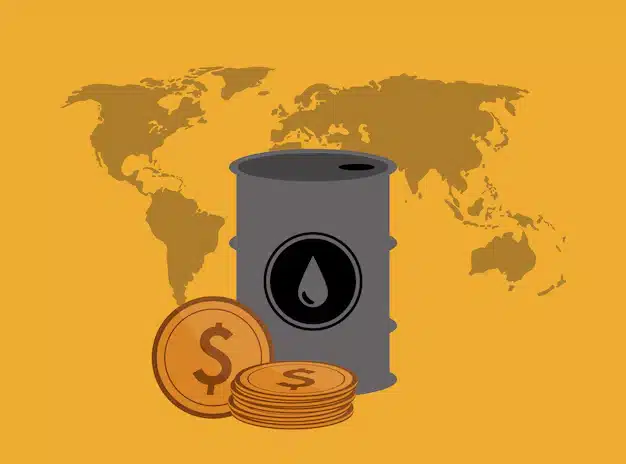Commodities, such as gold and oil, have long been a subject of interest for both investors and economists. These tangible assets offer a unique investment opportunity that often serves as a hedge against inflation and market volatility. As an investor, you may be contemplating whether to incorporate these resources into your personal portfolio. Like any investment, they come with their own set of risks and rewards that need careful consideration. This blog post aims to delve deeper into the merits and demerits of including commodities in your investment strategy.
In recent years, commodities have gained significant attention, driven by economic uncertainties and fluctuating global markets. Traditionally, these assets have a low correlation with more conventional financial instruments such as stocks and bonds. This means they can offer diversification benefits, potentially reducing overall portfolio risk. However, it’s important to understand the complexities involved in trading and investing in commodities to make informed decisions.
Understanding the basics of commodity investments

Before deciding to invest, understanding their foundational principles is crucial. These assets are generally divided into two categories: hard and soft. Hard commodities include natural resources like metals and energy assets, such as crude oil and natural gas. Soft commodities comprise agricultural products, including wheat and coffee. Each type behaves differently in the market, influenced by a variety of factors including supply-demand dynamics, geopolitical influences, and seasonal changes.
Investing in these materials can be accomplished primarily through futures contracts, exchange-traded funds (ETFs), or direct ownership of physical assets. Futures contracts are agreements to buy or sell a specific quantity at a predetermined price on a specific date. ETFs offer a way to invest without directly managing physical commodities or futures. Understanding these methods can help you decide which avenue aligns best with your risk tolerance and investment objectives.
Analyzing market trends and risks
Market trends and potential risks associated with commodities should always be a consideration. Prices can be incredibly volatile, often swinging due to changes in supply-demand, geopolitical tensions, or macroeconomic policies. For instance, a disruption in oil supply due to geopolitical conflict could lead to price spikes. Similarly, changes in climate can significantly affect agricultural commodities. Therefore, constant monitoring of market trends and geopolitical climates is vital.
Furthermore, commodities do not generate income like stocks or bonds. They rely entirely on capital appreciation for potential gains. This aspect makes timing crucial, as investing when prices are at their peak might result in undesirable outcomes. Therefore, market research and timing play an indispensable role in successful commodity investment strategies.
The role of commodities in a diversified portfolio
A well-rounded investment strategy often includes a diverse array of asset types to minimize risk. Incorporating commodities can serve as a hedge against inflation, as their prices often rise when consumer prices increase. Additionally, they add a layer of diversification beyond traditional stocks and bonds, potentially improving risk-adjusted returns.
While diversification is beneficial, it’s equally important not to over-expose your portfolio to the risks associated with commodities. A commonly recommended approach is to allocate only a small percentage of your assets, typically between 5% to 15%, towards them. This ensures that you enjoy the benefits of diversification while keeping risks in check.
Practical steps for incorporating commodities
To successfully integrate these assets into your portfolio, start by defining your financial goals and risk tolerance. Once you establish these parameters, research the various commodities and investment vehicles available to you. Consider consulting with a financial advisor to tailor an investment strategy that aligns with your objectives.
Regularly review your portfolio’s performance and adjust your allocations as necessary to maintain balance. Continuous education and staying updated on market conditions will offer you a competitive edge. By doing so, you’ll be better prepared to make adaptive decisions as market conditions evolve, maintaining the health of your investment portfolio.
